With the end of 2019 in sight, business plans for 2020 are already in place. But what role does business software play in your plans? Regardless of whether you are going to invest in new software or continue working with current software, it is important to set clear goals.
SMART goals for business software
Too often, objectives are formulated vaguely and without commitment, making it unclear exactly what you want to achieve and, more importantly, you cannot determine whether you have succeeded in achieving the objectives. Therefore, formulate objectives that are SMART:
- Specifically: Describe the goal as completely as possible and attach a value (e.g., number or percentage) to it. Consider who, what, where, when and why?
- Measurable: Choose a system, method or procedure to determine the extent to which the objective has been achieved.
- Aance: Who should do what? It should be determined who is/are responsible for achieving (parts of) the objective.
- Realistic: An objective should not be too easy or impossible and take into account practicalities and circumstances.
- Time-bound: Provide a start and end date.
An example of a poor objective is: 'We want to reduce the cost of enterprise software.' Much better is, 'The IT department must ensure that the cost of support for our ERP system is 10% lower in 2020 than it was in 2019.'
"Too often goals are formulated vaguely and without commitment, such as 'We want to reduce the cost of enterprise software.'"
Setting goals, where do you start?
With respect to enterprise software, goals are often about reducing costs, improving systems and working more efficiently. But where IT is doom and gloom in one organization, it is running perfectly smoothly in another. That is why it is good to distinguish between three phases and base your goals on the phase you are in:
PHASE 1: Removing Frustrations: There is much annoyance among users regarding enterprise software. Possibly due to outdated systems, low usability, limited functionality or poor support. There is resistance to the software and the software is causing problems rather than supporting users. At this stage, goals should focus on removing frustrations by making adjustments to the software or introducing new tools.
PHASE 2: Streamline processes: The software works and supports the processes properly. At this stage you should focus on process optimization. Analyze the process in detail and see where a process could be faster and/or better. Then see what modification is needed in the software to automate the more streamlined processes.
PHASE 3: Improve KPIs: When you work efficiently and have the automation in order, it is important to make performance transparent. Focus on Key Performance Indicators, such as occupancy rate of the rental fleet, success rate of sales processes and turnover per service technician. Where and how can you gain a percentage point?
The right guidance
Setting goals that suit your organization and situation and doing everything possible to achieve these goals in 2020 requires the right guidance from a partner who understands your business and understands software. In phase 1 you work together on quick wins and change management, in phase 2 you adopt the best practices of your industry and in phase 3 you need BI and reporting. Need help? Let me know!
Philip van Kemenade is marketing manager at Dysel and has daily contact with end users of software.


